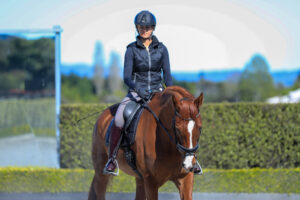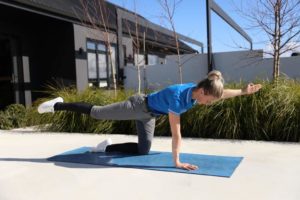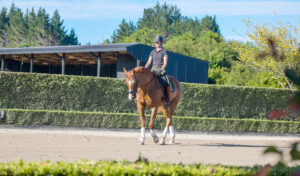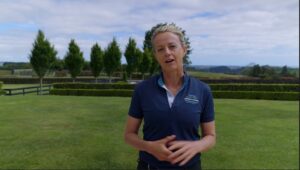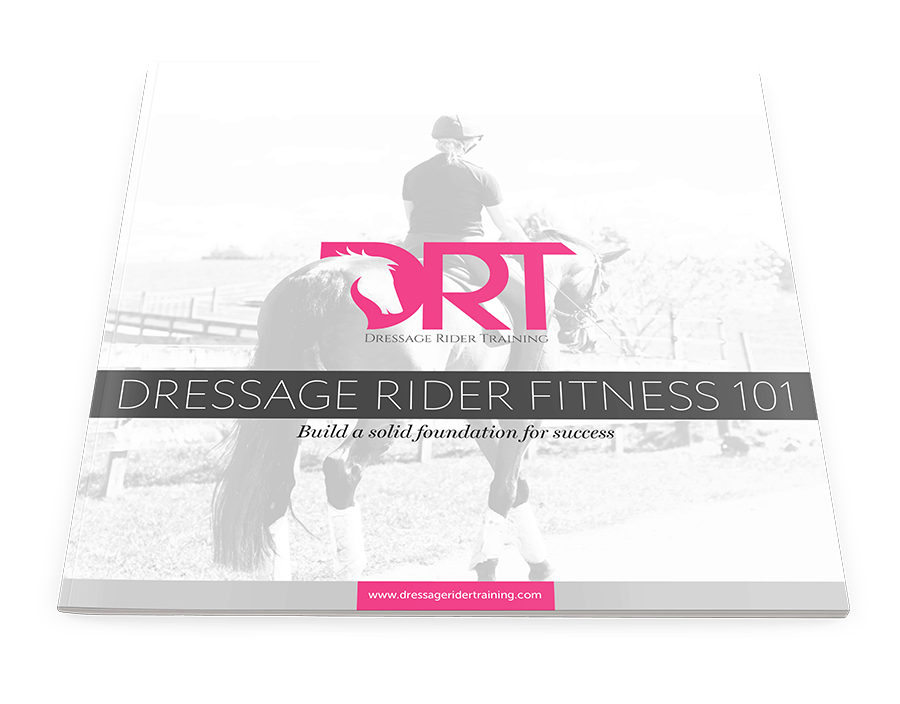Improve Your Ability To Sit To The Trot (Part 2)
Now that you understand the importance of supple hips from part one lets take a look at our pelvis. This is the central hub that your spine connects to and at the base it has your hip sockets where the femur (thigh bones) connect via a ball and socket joint.
Our shoulders and hips are both ball and socket joints and while the shoulder has more range of motion than our hips, this range of motion can vary greatly depending on the person. Now our hips don’t need to have as much range of motion as our shoulders by any means, but they need to be open enough to allow the femur to move forward and back within the hip socket and not pull the pelvis with it.
Now in order for the pelvis to not be pulled with the momentum of the horse and the pulsing action of the hip, this requires stabilization of the lower back to keep the pelvis still and proper position of the thigh bone within the saddle. When a rider has tight, rigid hips the movement of the horse is taken through the lower back instead of the hips. This causes the rest of the body to become rigid and bounce and can cause the pressure to be felt through the lower back.
In order to prevent this rigid response and allow the rider to absorb the horses moving efficiently we must learn to stabilize the lower back with our core abdominals starting with your transverse abdominus. This then creates the correct bio mechanical position through an upright pelvis and torso which can then absorb the horses movement correctly and safely.
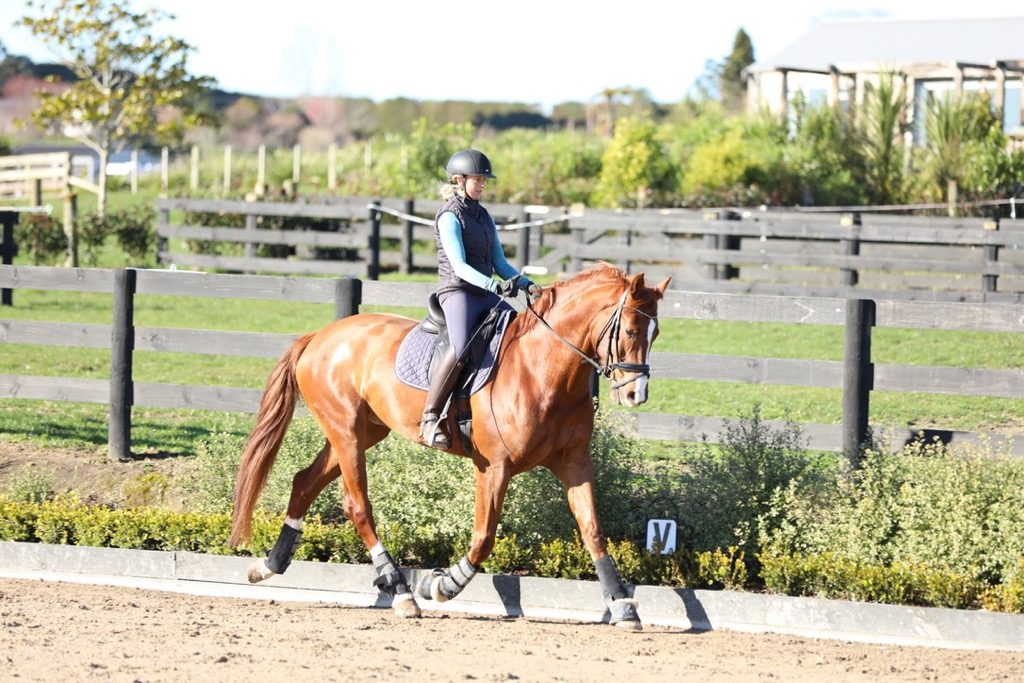
When you brace your abdominals correctly with your neutral spine and you have flexibility in your hips, your hips joints are then able to be the shock absorbers for the horses movement. Then when you work on making sure your hamstrings are equally strong on both sides and balanced in relation with your quadriceps, the muscles are then able to help with the position of the thighs and the movement of the hips.
It is very common for us to have one side stronger than the other and to have tight hips joints via the shortening off our hip flexors. This is easy to understand with all the sitting that many of us experience in our day to day lives. These tight flexors affect the position of the femur and can pull it forward, so the key is to not just look at the stretches you can to, but equally look at how you are spending your day. Can you stand more? Can you move more off your horse? Combine that with corrective stretching and rider specific exercises to improve those imbalances and you have yourself a great path to improving your sitting trot.
In our Dressage Rider Training program to help you improve your hip mobility and help with creating an independent seat, we include everything from core workouts, hip mobilizing routines, through to mobility and rider specific strength routines. Teaching you how to improve your sitting trot by giving you workouts you can follow along side me and step by step advice on how to stretch and what to work on. You get given all the tools and education to rebalance and create good rider fitness and strength all in the comfort of your own living room. Learn more about the program here.
More articles
Dressage Rider Training Program
Join other participants on our 12-week 'step-by-step' online rider
training program. Improve the 5 components of your riding.
Only available 3x per year.
see full details & register your interest
